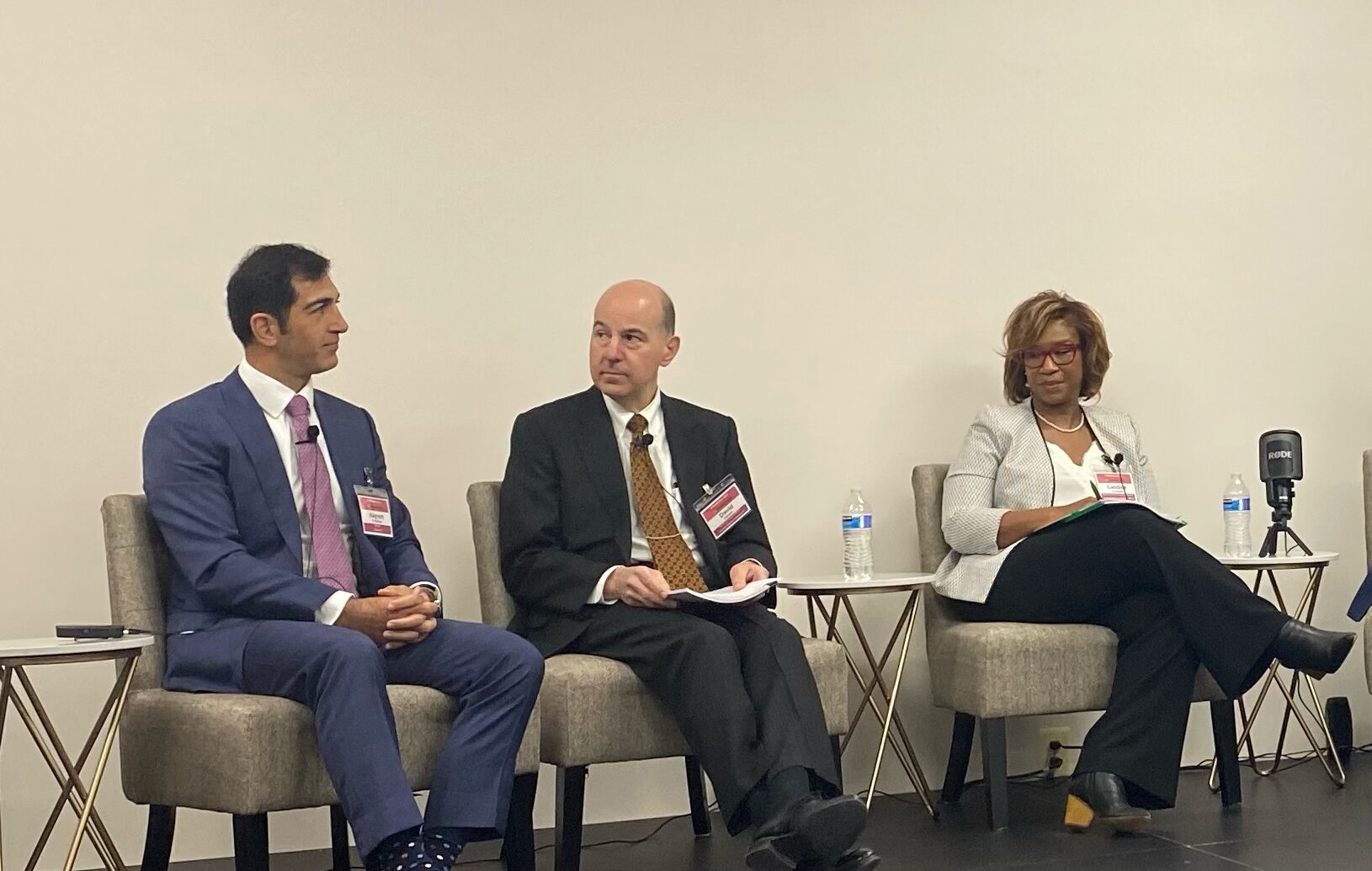CAFC Says OXIPURITY and OXYPURE are Likely Confusing Even to Sophisticated Consumers
“The strong similarity of the marks for related goods, which move in the same channels of trade to the same classes of customers, renders confusion likely.”
The U.S. Court of Appeals for the Federal Circuit (CAFC) on Thursday upheld a decision of the Trademark Trial and Appeal Board (TTAB) affirming an examiner’s refusal to register the mark OXIPURITY for chemical products. The court agreed with the TTAB that OXIUPURITY is likely to be confused with the previously registered mark, OXYPURE, for ““hydrogen peroxide intended for use in the treatment of public and private potable water systems and supplies.”
Oxiteno S.A. Indústria e Comércio applied to register OXIPURITY for dozens of chemical products “for use in the pharmaceutical, veterinary, flavour and fragrance, and cosmetic fields.” Although the goods were not identical to those covered by FMC Corporation’s OXYPURE registration, the CAFC explained that the examiner “found the goods to be related based on third-party websites that marketed both hydrogen peroxide (the goods covered by FMC’s OXYPURE mark) and one or more of the chemicals that Oxiteno sought to be covered by the OXIPURITY mark.”
The TTAB examined the mark under the factors laid out in E. I. DuPont DeNemours & Co. (DuPont) and found the marks to be similar in sound, meaning and commercial impression under the first factor, and that the marks were “different but related” under the next two factors. Relying on third-party websites and Oxiteno’s own brochures, the Board found that the chemicals covered by the OXIPURITY application and FMC’s hydrogen peroxide are often manufactured by a single source and sold to a variety of industries and that Oxiteno offered other hydrogen peroxide products under different brand names to industries such as drugs and cosmetics.
Under the fourth factor, the Board found that although the relevant consumers for the goods covered by both marks were scientists and therefore sophisticated, “[t]he strong similarity of the marks for related goods, which move in the same channels of trade to the same classes of customers, renders confusion likely.”
On appeal to the CAFC, Oxiteno argued that the scientists, chemists and manufacturers purchasing its products would not be the same scientists, chemists and manufacturers purchasing FMC’s products. But the CAFC said this argument falls short. “It is not necessary to show that the consumers are the same to establish a likelihood of confusion,” wrote the court. “Though the buyers may be different, they may have overlapping knowledge due to market conditions or channels of trade such that purchasers are familiar with both products.”
The CAFC said there was substantial evidence to show that at least some of the consumers would be the same, and that Oxiteno’s argument that even if some of the same institutions would purchase both products, the purchasers would be from completely different departments was not supported by the record.
Image Source: Deposit Photos
Image ID: 161261406
Author: billperry
Eileen McDermott
Eileen McDermott is the Editor-in-Chief of IPWatchdog.com. Eileen is a veteran IP and legal journalist, and no stranger to the intellectual property world, having held editorial and managerial positions at […see more]







